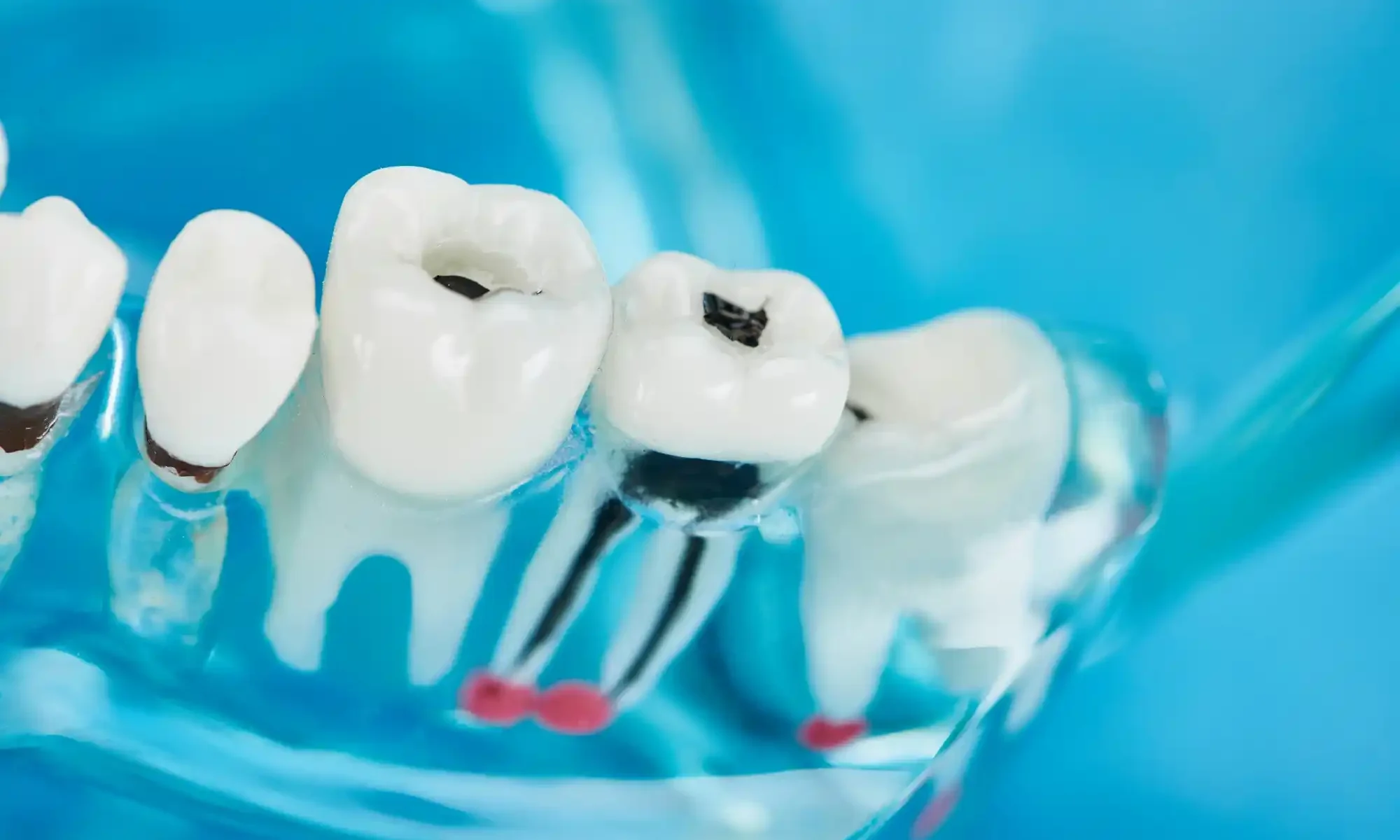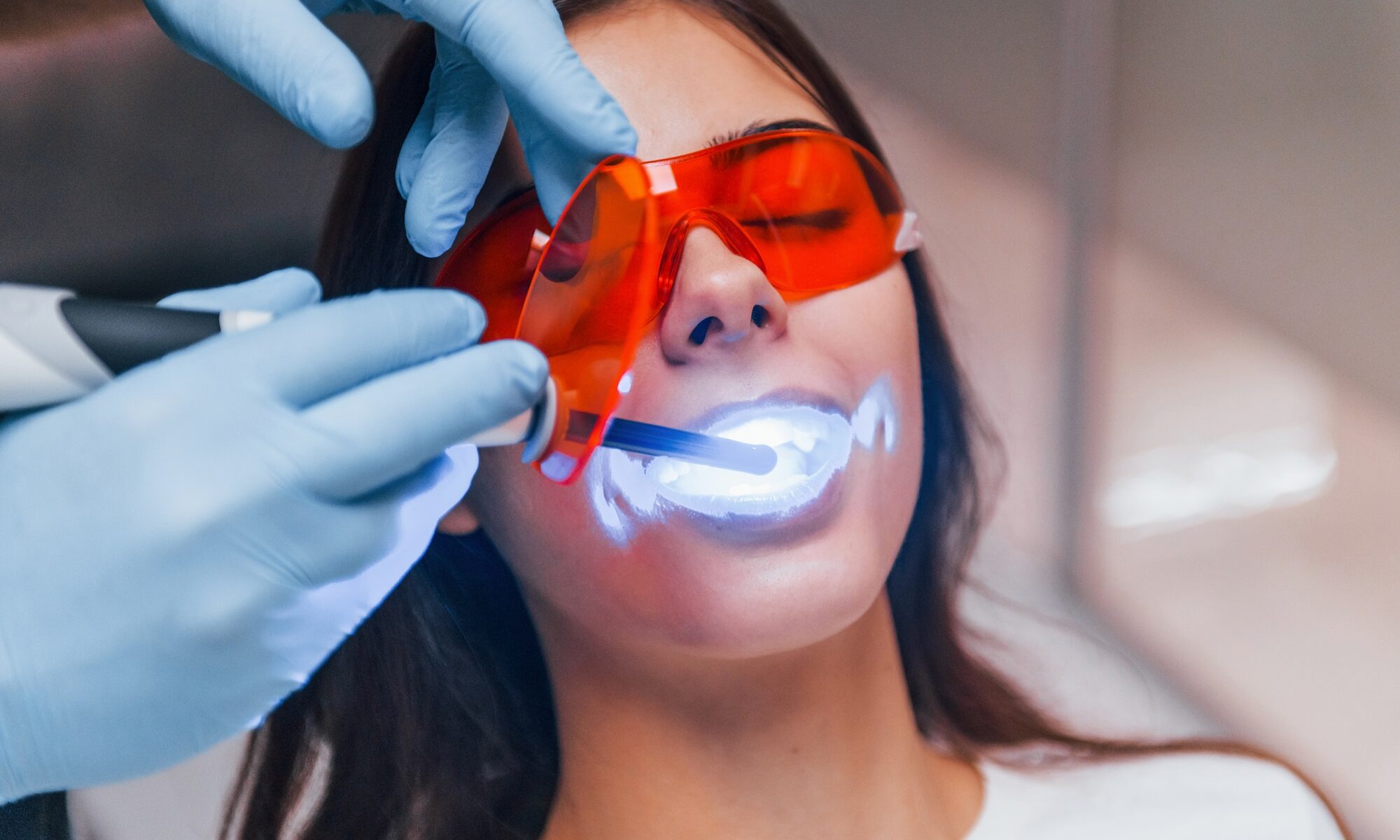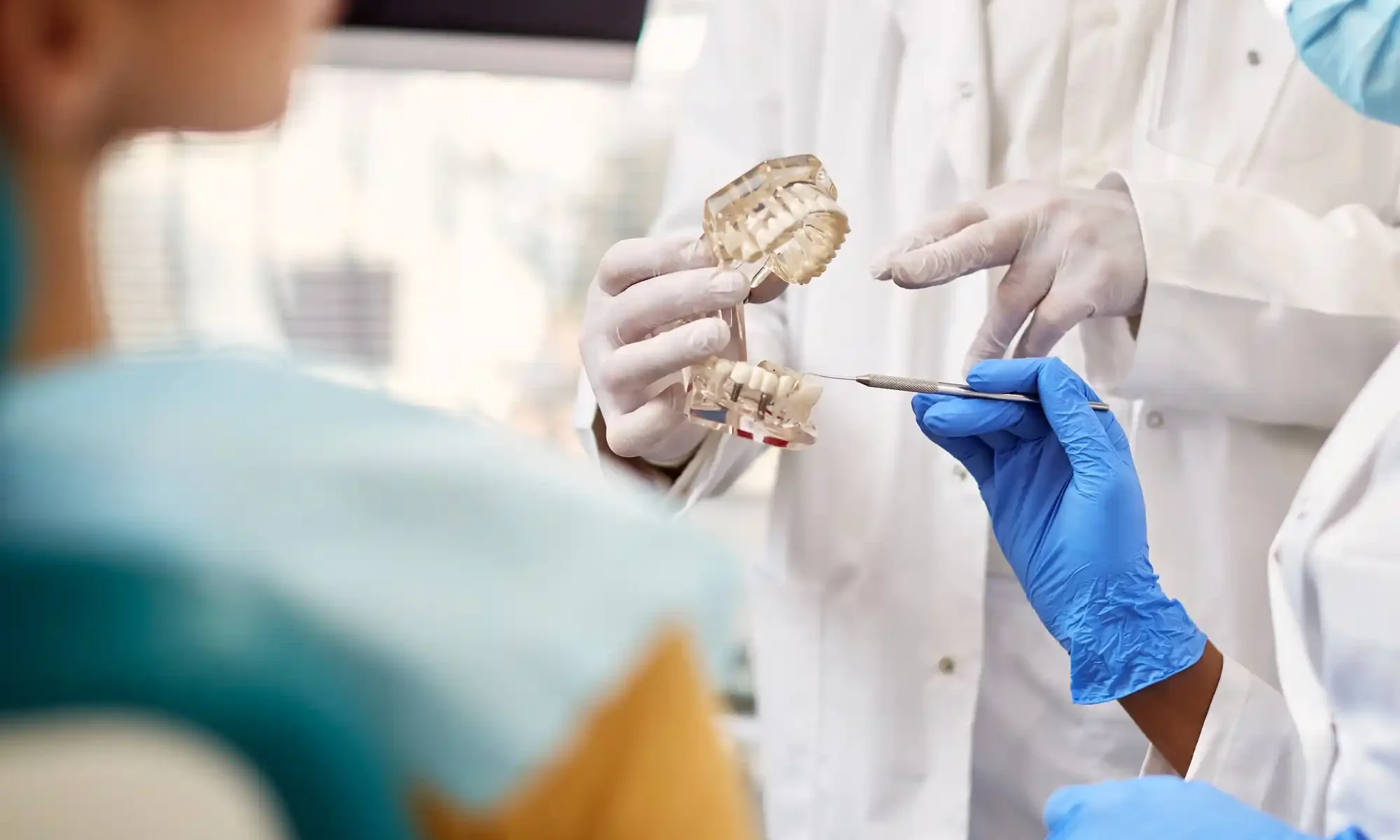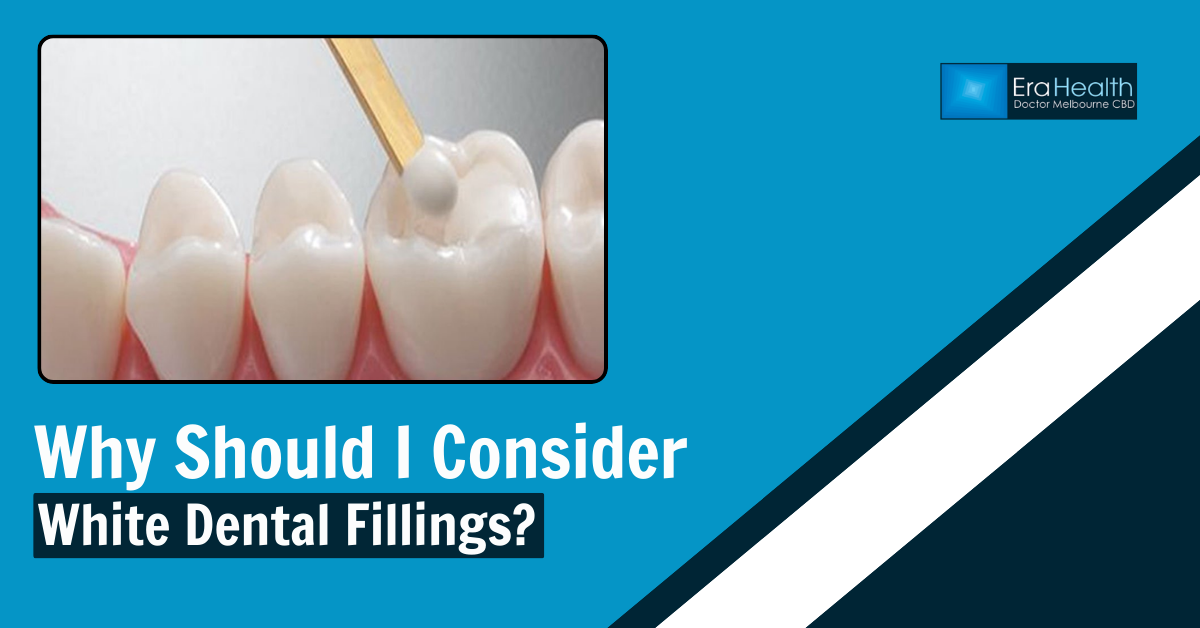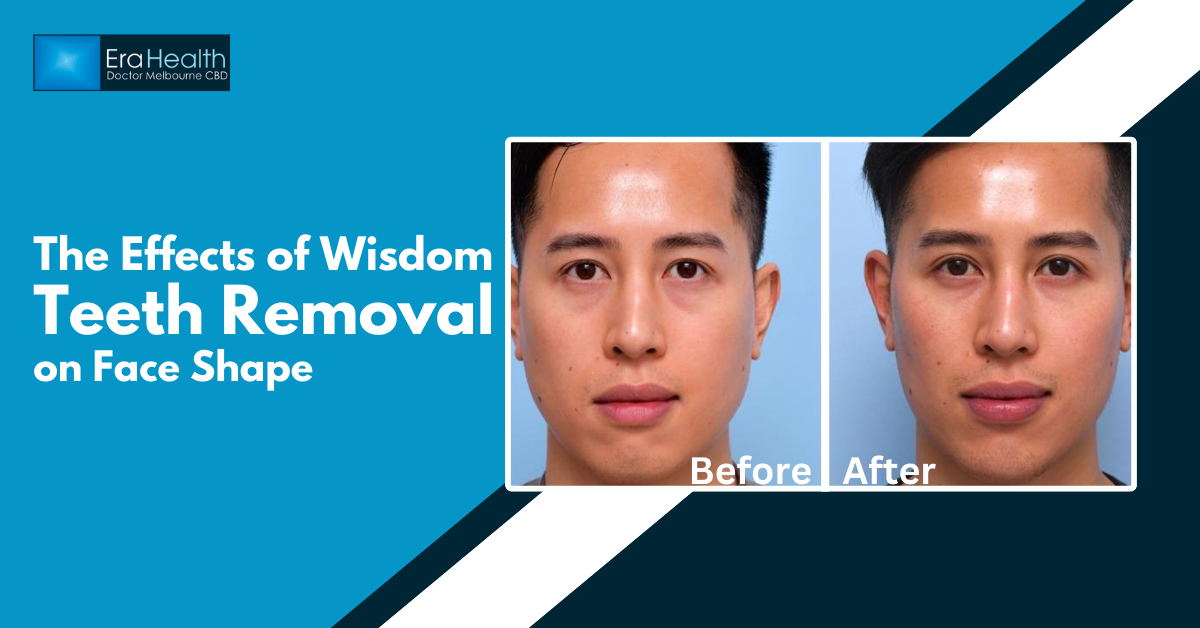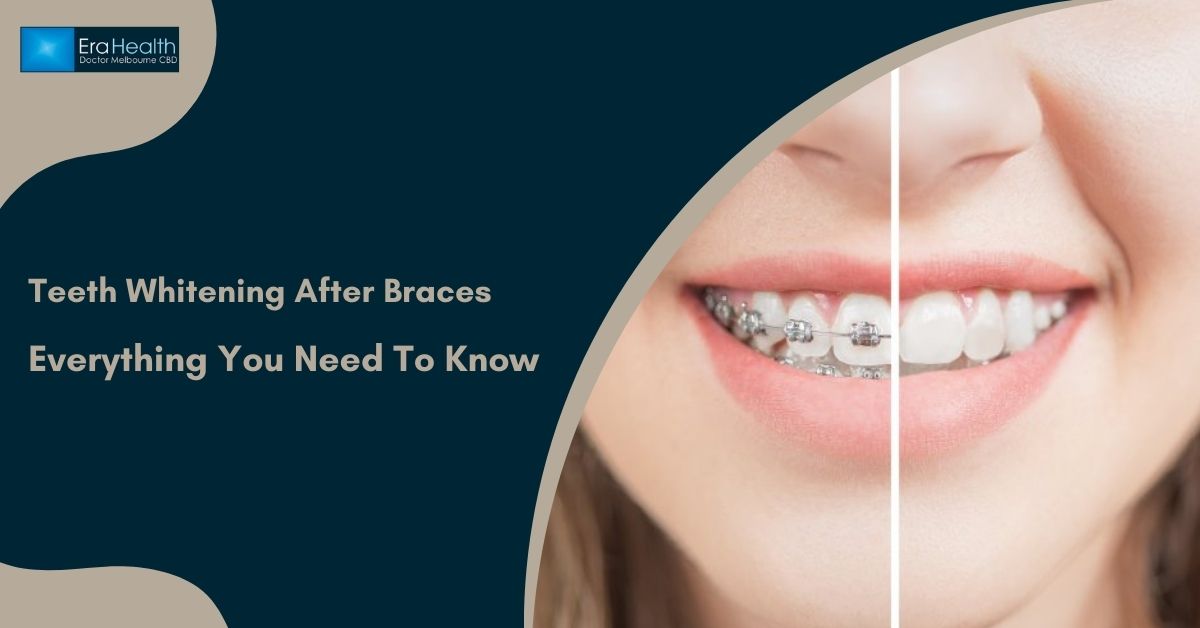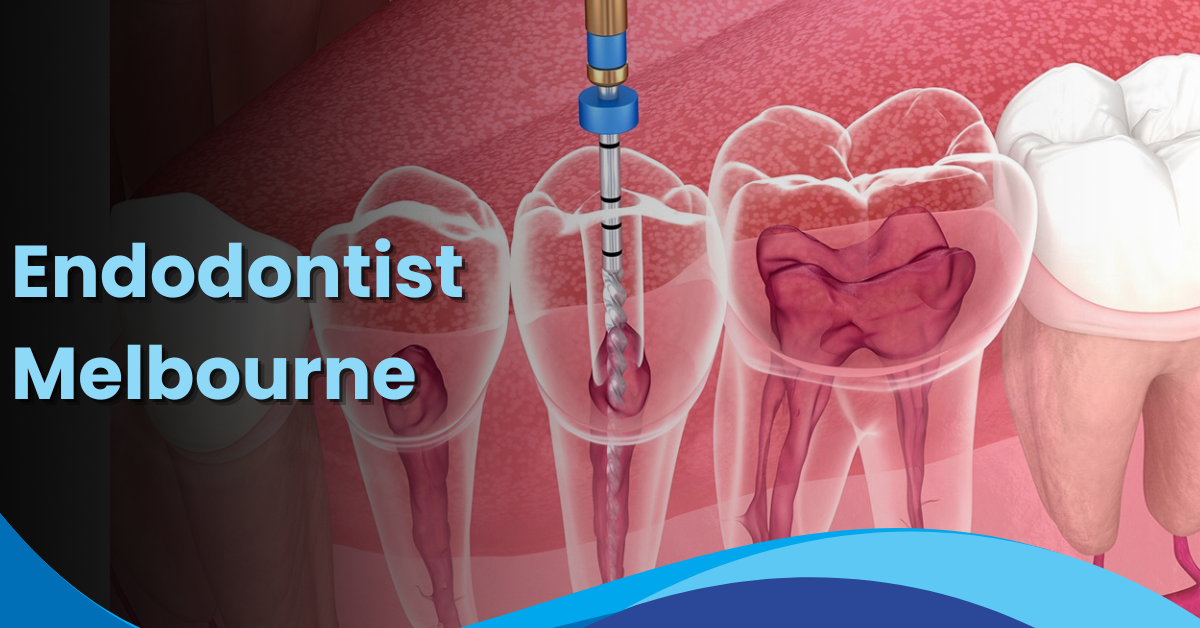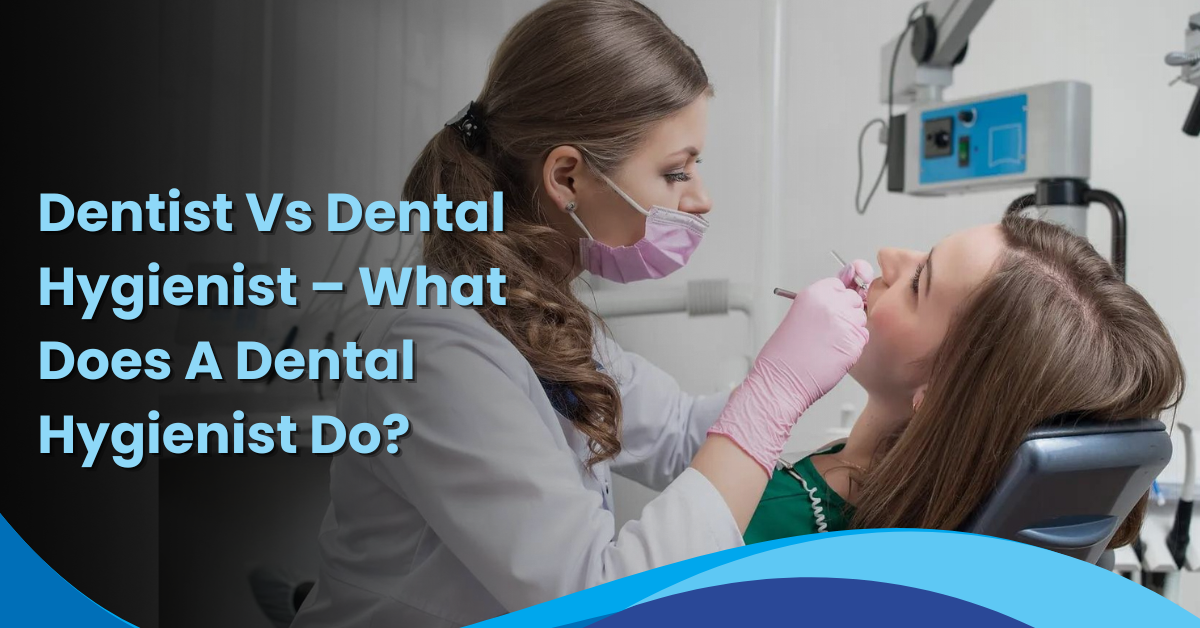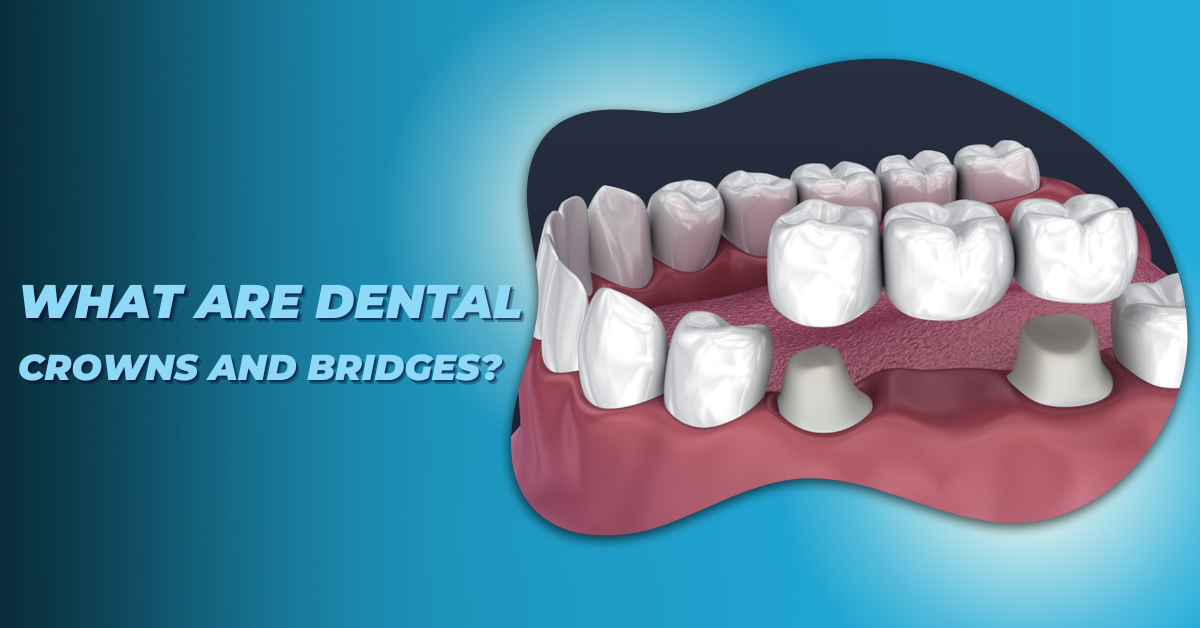After months or years of waiting, you finally remove your braces, only to be disappointed when you see that, while your smile is now straight, your teeth are not as bright as they once were. This can feel frustrating, right? This article discusses how braces can cause yellow teeth and the processes for teeth whitening after braces.
Why Teeth Yellow with Braces
Teeth yellowing with braces is a common concern caused by several factors. The primary culprits are plaque and tartar buildup, which can accumulate more easily around the brackets and wires, making thorough cleaning challenging. Additionally, consuming staining foods and beverages like coffee, tea, soda, and dark berries can exacerbate discoloration, as these substances tend to stain the enamel beneath the brackets. Enamel demineralization, resulting from poor oral hygiene, can lead to white or yellowish spots on the teeth due to acid erosion. Furthermore, braces can sometimes reduce saliva flow, diminishing its natural cleaning effect. By understanding these causes, individuals can take proactive steps to maintain a whitening teeth after orthodontic treatment.
How Braces Affect Your Oral Hygiene
Braces are a transformative tool in achieving a straight, beautiful smile, but they also introduce unique challenges to maintaining oral hygiene. Understanding these challenges and how to overcome them is crucial for keeping your teeth and gums healthy during orthodontic treatment and keeping teeth whitening after braces.
Some side-effects of braces are-
Increased Plaque and Tartar Buildup- One of the most significant impacts braces have on oral hygiene is the increased risk of plaque and tartar buildup. Brackets, wires, and bands create numerous small spaces where food particles can get trapped. These trapped particles become breeding grounds for plaque, a sticky film of bacteria that, if not removed, hardens into tartar.
Challenges with Thorough Cleaning- Braces make it harder to clean teeth effectively. Traditional brushing and flossing methods may not reach all the areas around the brackets and wires. This can leave behind food particles and plaque, even with a diligent oral hygiene routine.
Risk of Enamel Demineralization
Poor oral hygiene with braces can lead to enamel demineralization, characterized by white spots or areas on the teeth where minerals have been stripped away by acids produced by plaque bacteria. These white spots are not only unsightly but also signify the early stages of tooth decay. Fluoride treatments and a strong oral hygiene routine can help remineralize the enamel and prevent further damage.
Foods That Cause Yellow Teeth
Teeth whitening after braces, can be challenging, especially when certain foods and beverages are known to cause teeth discoloration. Understanding which foods contribute to yellowing can help you make better dietary choices and brighten teeth after braces.
Here are some of the foods that contribute to yellowing your teeth:
Dark-Colored Beverages
- Coffee and Tea: The dark pigments in these beverages cling to the enamel, leading to yellow or brown stains over time.
- Red Wine: The acids in wine also wear down enamel, making teeth more susceptible to stains.
- Cola and Dark Sodas: These beverages contain both chromogens and acids, which not only stain the teeth but also erode the enamel, making teeth more prone to yellowing.
- Dark Juices: Beverages like cranberry, grape, and pomegranate juice can stain teeth due to their intense color and high acid content.
Staining Foods
- Berries: Their natural pigments can stick to your enamel, leading to discoloration.
- Tomato-Based Sauces: Foods like pasta sauce, chili, and ketchup are made from tomatoes, which are acidic and highly pigmented, making them likely to stain teeth.
- Curry: This spice is known for its vibrant yellow color and can stain teeth when consumed frequently.
- Soy Sauce and Balsamic Vinegar: Both of these dark-colored condiments can cling to teeth and cause staining.
Acidic Foods
- Citrus Fruits: Citrus fruits like lemons, oranges, and grapefruits are highly acidic. They can erode the enamel, making teeth more susceptible to staining from other foods and beverages.
- Pickles: The vinegar in pickles is acidic and can contribute to enamel erosion, leading to yellowing over time.
Sugary and Processed Foods
- Candy and Sweets: Sugary foods can lead to the growth of plaque bacteria, which produce acids that erode enamel. This erosion can make teeth more prone to yellowing and staining.
- Processed Snacks: Foods like chips, crackers, and other processed snacks often contain artificial coloring and additives that can contribute to staining and enamel wear.
Teeth Whitening After Braces
After months or even years of orthodontic treatment, the day your braces come off is a momentous occasion. You look forward to seeing your new, straight smile, but you may notice your teeth are not as bright as you hoped. Discoloration during orthodontic treatment is common due to plaque buildup and difficulty in maintaining optimal oral hygiene around the brackets and wires. Fortunately, teeth bleaching after braces removal can help restore your teeth to their brightest state.
Whitening Options
There are several effective options for post braces teeth whitening:
- Professional In-Office Whitening:
– This is the fastest and most effective method for teeth whitening after braces. This process is completed by professionals. They apply a high-concentration bleaching gel to your teeth. You can see the result just after one session.
- At-Home Whitening Kits:
– These kits, available through your dentist, include custom-fitted trays and professional-grade whitening ge are very effective for teeth whitening after braces. They offer a balance between convenience and effectiveness, typically requiring daily use for a few weeks.
- Over-the-Counter Whitening Products:
– Products such as whitening strips, toothpaste, and mouthwash can help lighten minor stains. While not as potent as professional treatments, they are more affordable and convenient for touch-ups.
How Can I Whiten My Teeth After My Braces Come Off?
Teeth whitening after braces requires some specific actions. Luckily, there are several effective ways to remove brace stains and achieve the bright, even smile you desire.
Whitening Toothpaste & Mouthwash
Using whitening toothpaste and mouthwash is a convenient and affordable option to tackle minor stains and maintain your teeth’s brightness:
Whitening Toothpaste:These toothpastes contain mild abrasives and special chemicals that help remove surface stains from your teeth. Look for products that have the American Dental Association (ADA) seal of approval to ensure they are safe and effective.
Regular use can gradually lighten stains caused by coffee, tea, and other foods. However, this method is best for maintaining whiteness rather than dramatically changing the color of your teeth.
Whitening Mouthwash: Whitening mouthwashes typically contain hydrogen peroxide, which helps to lighten stains. Using them daily can complement the effects of whitening toothpaste.
Besides whitening, these mouthwashes help reduce plaque and freshen breath, contributing to overall oral hygiene.
At-Home Whitening Kits
For more noticeable results, at-home whitening kits can be a great choice. These kits are more potent than toothpaste and mouthwash and can provide significant whitening over time:
Types of Kits:
Whitening Strips: These are thin and flexible strips coated with a chemical named peroxide-based whitening gel. You can apply that directly to your teeth. They are easy to use and can produce noticeable results in a couple of weeks.
Whitening Trays: These kits include trays filled with a whitening gel, which you wear over your teeth. Some kits come with pre-filled trays, while others include custom trays that you fill yourself. The trays ensure that the whitening gel stays in contact with your teeth for effective whitening.
Professional Teeth Whitening
For the fastest and most dramatic results, professional teeth whitening performed by a dentist is the best option:
In-Office Whitening:
– In this method, you need to apply a high-concentration bleaching gel to your teeth. This kind of gel is often activated by a special light or laser. The procedure typically takes about an hour and can lighten your teeth by several shades in just one visit.
– It is ideal for those with significant staining or for those seeking immediate results, such as for a special event or photoshoot.
Take-Home Professional Kits:
– Provided by your dentist, these kits include custom-fitted trays and professional-grade whitening gel. They are designed to be used at home but are more effective than over-the-counter kits due to the stronger bleaching agents.
– Your dentist will guide you on how to use the kit safely and effectively, ensuring you achieve the best possible results.
Get the best in office and take-home professional teeth whitening treatment at Era Health. Your best choice in Melbourne.
Maintenance Tips
Once your teeth are whitened, maintaining their brightness involves a few key practices:
Good Oral Hygiene: Brush at least twice a day with a whitening toothpaste and floss daily to remove plaque and prevent new stains from forming.
Avoid Staining Foods and Drinks: Limit consumption of coffee, tea, red wine, and other staining substances. Rinse your mouth with water after consuming them.
Regular Dental Check-Ups: Visit your dentist regularly for professional cleanings and check-ups to keep your teeth in optimal health.
By choosing the right whitening method and maintaining good oral hygiene, you can enjoy a bright, confident smile long after your braces come off.
Wrapping Up
Yellow teeth after removing braces is a common problem. However, with proper oral care and the right procedures, you can easily remove braces stains. At Era Health, you can get the best teeth whitening and braces treatment. Our highly qualified team of dentists is dedicated to your service. Contact us to get the best dental service in Melbourne.
